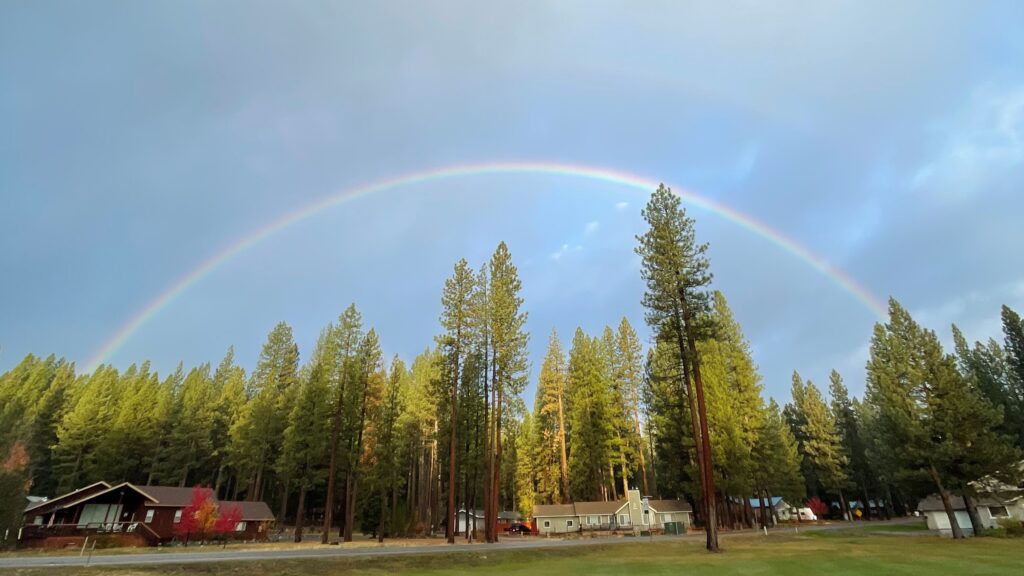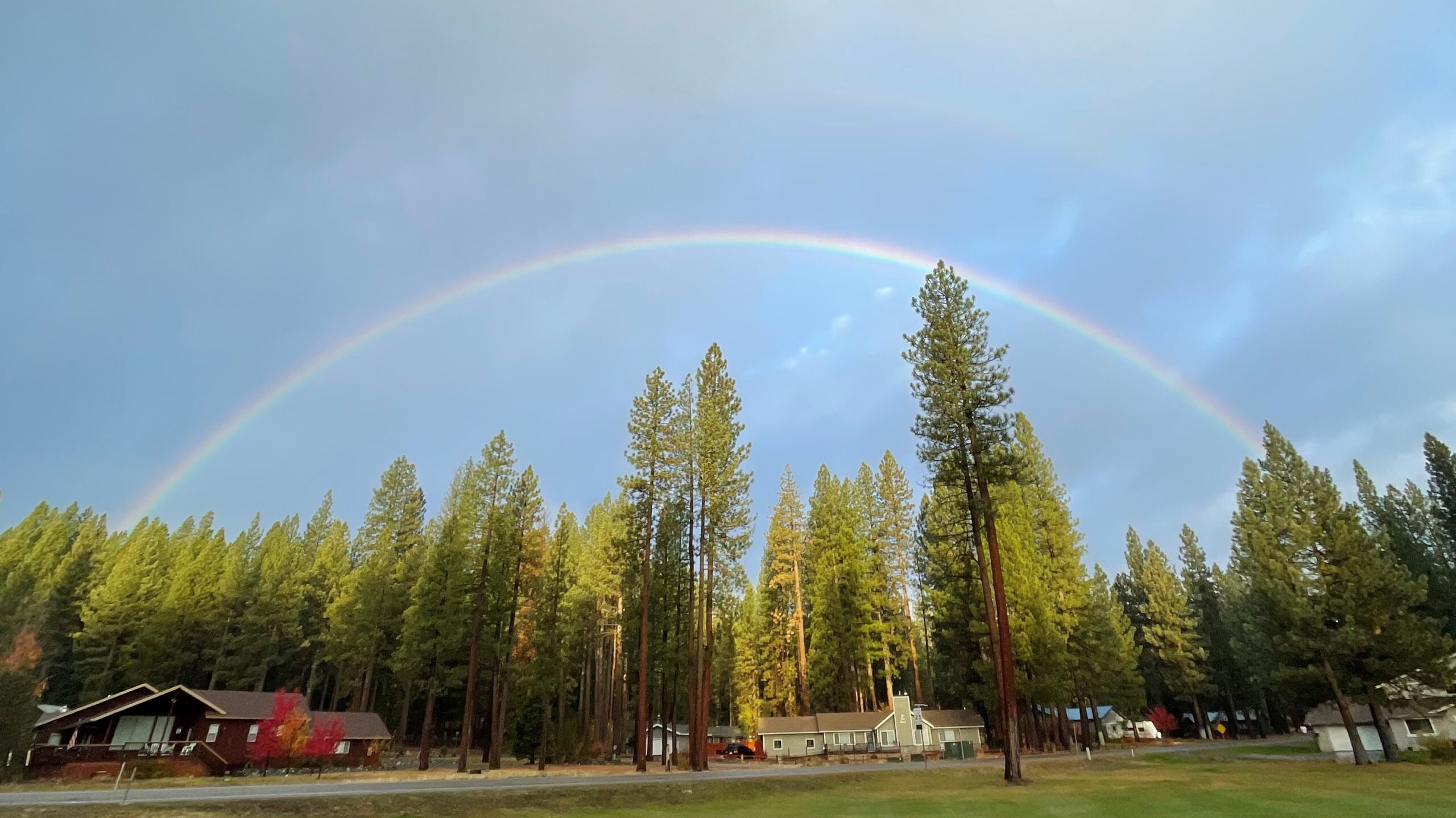I suffer from infertility and PCOS. This story explains how we got pregnant thanks to modern medicine (despite its many shortcomings).
I cannot get pregnant on my own. We tried for over a year and suffered two pregnancy losses before Lucca arrived. He has already brought us so much joy, and I will be forever grateful to modern medicine for the assist with our infertility.
My diagnosis is polycystic ovary syndrome (PCOS). Affecting 10-15% of women, PCOS in an umbrella term used to cover many ills impacting women of reproductive age, specifically hormonal imbalances which can lead to menstrual irregularity. The cause of PCOS is unknown, even though it’s the most common cause of infertility, because #WomensHealthcare*.
*#WomensHealthcare
A quick rant on #WomensHealthcare (please skip if you don’t want a soapbox and/or you find the topic triggering). Prior to the late 1960s, the overwhelming majority of healthcare was offered by men, for men. Medical studies did not include women, who were only were only required in clinical trials beginning in 1989. I was born in 1984 and I’m not even 40. Suffice it to say that the history of women’s healthcare is short.
Two examples best demonstrate the implications of this short history:
- Birth Control. In the United States, roughly 70% of reproductive-aged women are on some form of birth control. Of those individuals, an estimated 40-70% of women suffer side effects. Women who use contraception are up to 70% more likely to use antidepressants, and a 2013 study showed that 63% of women stopped using oral contraceptives because of the side effects. These side effects include “minor” things like headaches, nausea, and spotting, but can also include blood clots and fatal strokes. Given that many women are suffering daily to avoid unwanted pregnancies, why aren’t men, who also benefit, bearing some of the burden? Because in recent studies for male birth control, 17% of men experienced adverse side effects. According to clinical trial rules, that is too high a percentage of side effects and the study was closed. “A male birth control shot exists and is nearly 96% percent effective at preventing pregnancy, researchers found, but a study on the contraceptive ended early after men taking it reported negative side effects including mood swings, an altered libido and acne. In other words, they experienced side effects faced by women already taking birth control every day.” (Source.) These side effects are okay for women but not okay for men. #WomensHealthcare
- Heart attacks. Cardiovascular disease is the number one cause of death for all genders. Yet women are 50% more likely to die from a heart attack than men. And women are 40% more likely to die in the first year after a heart attack than men (source). This is due to the fact that women’s heart attacks present differently – more nausea and sweating, less sharp pain on the left side – and therefore are chronically under-diagnosed (since, you know, we teach about heart attacks as they happen to men). Women are also less likely to be taken seriously at the doctor in a phenomenon called pain-bias. The implications of this are huge, specifically when it comes to maternal mortality in the United States (which is 3x worse for Black women). But that’s a topic for another time.
Suffice it to say, if men had babies, we would know everything there is to know about infertility/PCOS. And you would be able to get an abortion at an ATM, complete with a bonus condom for next time.
#EndRant
A Normal Fertility Cycle
For me, PCOS shows up through delayed ovulation and a long cycle, which means my eggs are already too old to be of much use. This makes it hard to conceive without medical support. To explain:
An average cycle is 28 days, measured from the first day of your period to the first day of your next period. Beginning on Day 1, your body picks an ovary. Inside, your follicles – those are the little eggs before they become eggs that live in your ovaries – get together to begin an elections process for the new Queen Bee Egg. The 3-5 follicles host an election, choose a Queen, and make her a beautiful throne, where she presides for 7-10 days. Then, around Day 14, the Queen blesses the remaining follicles and jumps into the fallopian tube slide.
The Queen’s wish is to have one special sperm find her and make a baby, which is only possible for a 4-6 day window. Should the right sperm suit her fancy, the two will become a baby (eventually). If the Queen doesn’t like the little swimmer options, she gets flushed out with everything else on Day 1 of the next cycle (alongside most of the unselected follicles from the election).
(Fun fact: a healthy male can releases between 40 million and 1.2 billion sperm cells per ejaculation. Only 40% of those sperm can even swim in a straight line. Women have one shot per month to make a single, perfect egg. And they say we are the inferior sex.)
A PCOS Infertility Cycle
It works a little differently in my body. For years, maybe decades, my ovaries have been hoarding follicles. Remember a normal ovary will hold 3-4 follicles per cycle. At last count, one of my ovaries had 56 follicles and the other had 48. Due to overcrowding, these follicles are smaller than they should be, and have a lot of infighting for the prized position as Queen.
It’s basically pandemonium in there.
I like to think about it as the democratic primary elections of 2020: Inside the overcrowded ovary you have a debate stage on which you can only fit half of the candidates. I imagine Biden front and center going to bat with Buddigeg, Klubachar, and Warren, while Yang is off to the side promising a payout for all Americans and Bloomberg is greasing his way onto the stage thanks to a billion dollar boost. They duke it out, never fairly, and in the end, all we get are a bunch of white dudes to choose from for Queen.
I digress.
Let’s just say that, in my body, elections for Queen take a long time. Once someone is finally crowned, everyone scrambles to build a throne because they forgot. Once atop her rightful seat, the Queen presides over the many follicles for the requisite 7-10 days. She could, and should, leave the party early, but alas she does not. Election fraud she claims. She wants another go!
Resisting reality, the Queen must be forced via a coup down the fallopian tube. Now it’s Day 24. She’s 10 days late, and, to put it kindly, well past her prime. Even if a sperm does successfully mate with her, it’ll never stick. She’s too much of a raisin to be viable.
This is why I had multiple miscarriages. The raisin got fertilized, but, like a Liza Minnelli marriage, it was never going to last.
A Modern Medical Intervention
Our doctor gave me a pill to kick start the election process for Queen. I took Letrizol for five days at the beginning of my cycle, which seemed to do the trick. We monitored me beginning on Day 14 using the super-fun vaginal ultrasound to look at my follicles. The doctor was looking to see one large follicle – the ideal Queen. Ideally we would see our Queen amongst a number of smaller follices. With the a-okay via the ultrasound, you have what’s called timed intercourse. It took us three cycles to get Lucca.
For many families this process takes much longer and can be extremely expensive. Which says nothing of the emotional toll this takes on the individuals going through it. I don’t have words to describe the agony of going to the bathroom near the end of your cycle, hoping you’re pregnant, dreading that you’ll see blood on the tissue. Then, you do get your period, because of course you do, and now you have to wait another 30 days.
If you’re using ovulation predictor kits (OPKs, which I recommend), then you start peeing on those at Day 10. You don’t want to miss your ovulation window. And as soon as you ovulate, you get the stress for timed intercourse then the stress of “did we make a baby”. The emotional rollercoaster begins again.
You Never Get a Break.
The weight you carry is constant, and I didn’t feel it lift until after Lucca was born. People carry this weight for years – some for decades.
I’m so grateful we have him, and I’m so glad we were able to find a relatively quick fix. If I had any words of advice for folks, it would be to start tracking your cycle now and go to the doctor as soon as you want to. They tell heterosexual couples to try for a year before seeing a fertility specialist. But if you’re serious about wanting a kid, why wait? We could have saved ourselves a year and a half of time and two miscarriages worth of heartbreak. I regret not listening to my gut and deferring instead to the old school recommendations. The tracking would have told us right away that something was wrong.
Regardless of your reproductive choices and wherever you are in your journey, I hope you know there are others in the same boat. Conceiving can be a lonely, isolating experience, especially in the beginning. Making a baby takes more than two people for many of us, and it’s important we normalize these stories.
Also, it’d be super cool if we, you know, invested more in #WomensHealthcare. Just imagine the pain we would save.








Trackbacks/Pingbacks